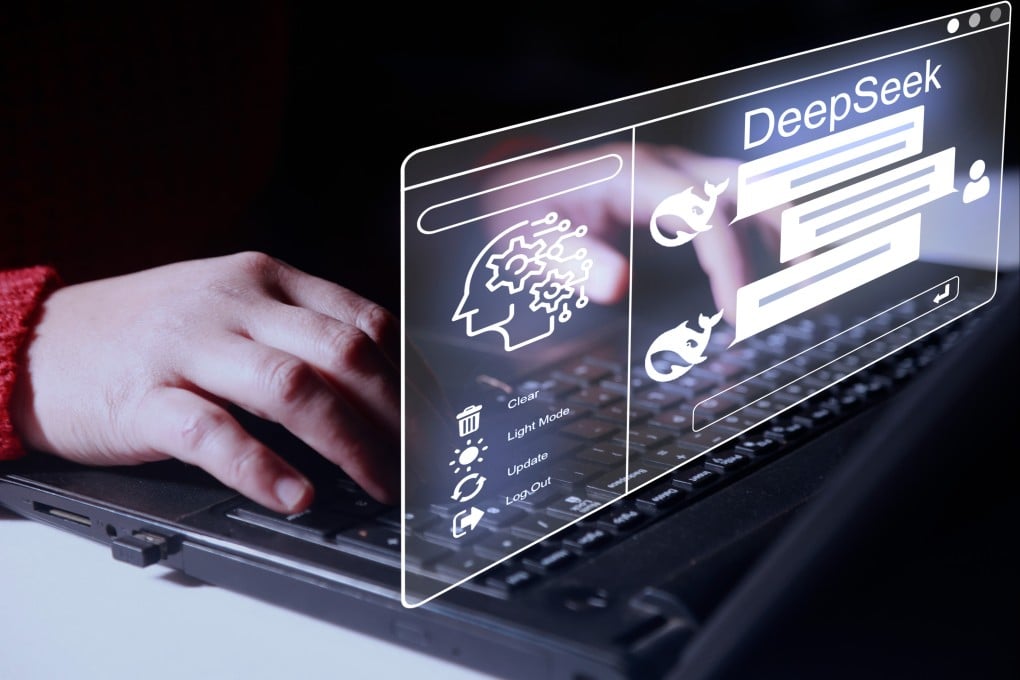My Take | New technology has always blown bubbles, AI is no different there
By showing how more can be achieved with less, China’s DeepSeek is not about bursting an investment fad, but being a great spur to innovation

Can investors know they are in the midst of a bubble? It’s not an idle academic question. Trillions of dollars depend on the answer, which may ultimately only come when their investments have already gone up in smoke.
Just think of China’s DeepSeek. There is a heated debate among investors over whether the Chinese artificial intelligence (AI) platform has just punctured the AI bubble in the United States or whether its impact is temporary because there has been no bubble at all. It’s hard to know.
A company’s market valuation depends on its future profits, which are highly uncertain if not unknowable. That’s especially true of upstarts.
Today’s AI pioneers may be worth trillions or nothing tomorrow, depending on, among many things, whether AI is as big as its cheerleaders claim it is. True tech visionaries also tend to end up poor, as opposed to clever copycats pretending to be them.
Until the last global financial crisis, many mainstream economists thought financial markets automatically tended towards equilibrium and that they were so efficient bubbles were, by definition, impossible.
Financial historians, of course, have always known that bubbles are very real, and even more dangerous when you deny they exist: “The greatest trick the devil ever pulled was convincing the world he didn’t exist.” That’s from the movie, The Usual Suspects, by the way.

